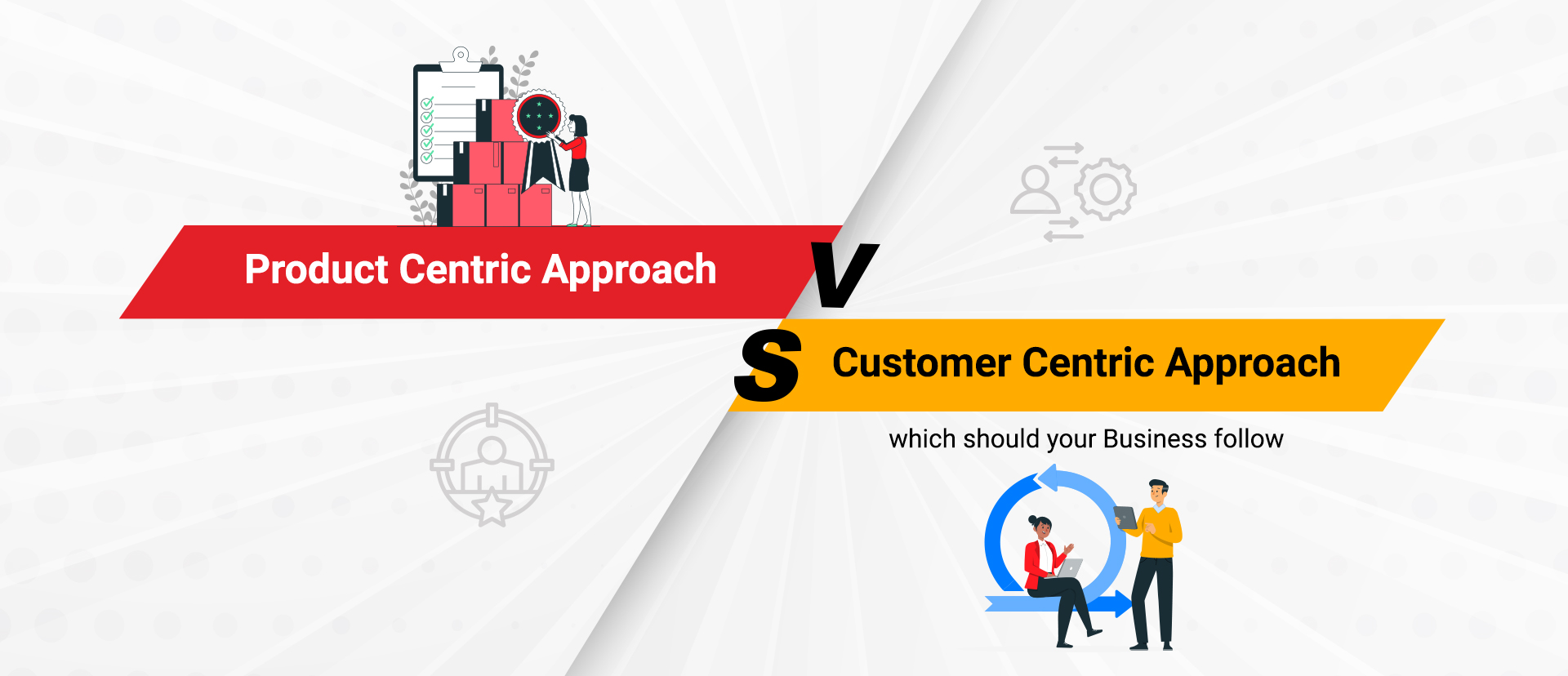
For a branding marketing specialist and novice alike, the long-standing dilemma has always been the road to take towards the ultimate goal – building a winning business. Understanding the difference between a product-centric and a customer-centric strategy can help your organization create better products and provide more value to customers.
Customer-centric businesses prioritize customer satisfaction and create long-term value over profits. They focus on solving a customer problem and building brand loyalty organically. However, understanding customer preferences is time and cost-intensive.
The brand positioning of such a business will always revolve around customer pain points and how their key solution is solving the problem. And therefore, brand marketing will always start by creating target audience personas and building communication to speak to a specific mindset at a time. The aim is to build a smooth customer journey while making customers understand how the benefit of the product can impact their lives. Research, interviews, and customer feedback have a major role to play in creating a marketing plan.
In contrast, product-centric businesses focus on the quality of their product and creating a new demand for it. They invest heavily in research and development to upgrade their products continually and the product is the most critical aspect of the business. A unique and disruptive product can save time and money, but keeping up with changing technology can be a challenge.
As the brand majorly revolves around the strong belief in the business’s key offering, all marketing strategies focus on putting out the best product features and wowing the audience with the newness and technical ability of the product. Brand marketing in a product-centric business always aims at creating aspirational value for its customers.
Ideally, an organization would want to have the best of both worlds. A strong customer base cannot be built sans an outstanding product, and a customer base cannot be kept happy without an excellent customer experience. The challenge is maintaining a healthy balance between managing the product at scale and keeping customers happy. Brainstorming multiple factors like innovation, technology, and markets can help determine whether to adopt a product-centric or customer-centric strategy.
So basically, consider product-centric if you have an innovative or disruptive product that may not solve an existing problem but can shift consumer behavior. Consider customer-centric if you're a budding entrepreneur to lower production, innovation, and technology costs. Established businesses that started as product-centric may benefit from realigning their product management strategy to customer-centric.
Leave a comment
Comments (0)